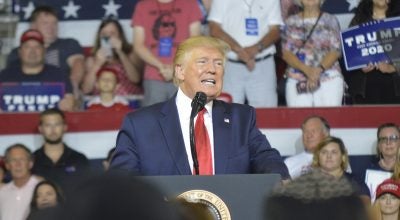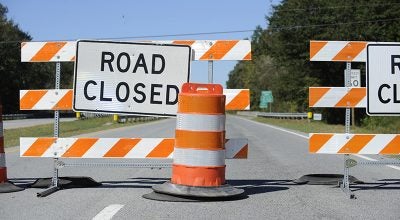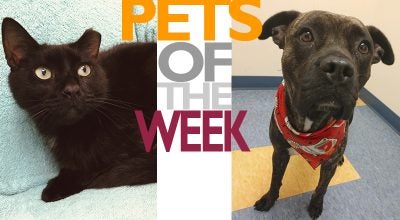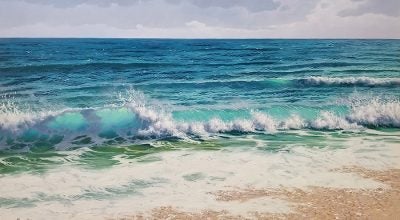The art of cooperation
Published 12:49 am Saturday, April 2, 2011
The news that Washington’s Festival Park is under construction is an unqualified, and long-anticipated, step in the right direction.
It’s no well-kept secret that, despite the still-miserable-but-improving economy, Washington has a vibrant and growing arts community.
The beginning of Festival Park can be taken as a welcome-if-unintentional sign of renewal and recovery, and as an enhancement to the existing arts community.
There is a considerable body of anecdotal evidence to support the notion that the combined Washington and Beaufort County arts communities add money and intangible value to our city and surrounding environs.
Festival Park can build on that value by attracting residents and visitors to plays, concerts and other occasions on our city’s picturesque waterfront.
With the Beaufort County Arts Council on Gladden Street, the Turnage Theater and numerous art galleries on Main Street and other streets, Festival Park is destined to become something of an arts-oriented anchor for our downtown.
Just as ordinary folks got involved in the planning for Festival Park, it’s key that those folks take part in the happenings that promise to fill the park.
It’s also important that these folks give what time, money or energy they can to support downtown’s other arts anchors, such as the Turnage and the arts council.
Scotty Henley, executive director of the Turnage Theaters Foundation, and board members of that foundation have made it known they’re open to residents’ input on the programming offered at the theater — what people want to see, what they don’t want to see.
It appears this outreach is increasing attendance at Turnage shows.
The arts council has undertaken similar outreach efforts.
And the committee steering the Music in the Streets festival, which runs downtown on the third Friday of each month from April through October, have made seeking audience input and booking local acts a way of life.
Just as the arts council, the Turnage and the MITS committee have found new lines of communication with the public through outreach, the movers behind Festival Park likely will reap similar rewards by staying in touch with their audience.
It’s the public’s responsibility to speak openly about the kind of programming that would complement Festival Park, ensuring the park gets off on the right footing.
Few artistic endeavors take place in total isolation, and this means public arts programming, like Festival Park, is a symbolic City Square — a gathering place for ideas and inspiration.
Raise the curtain, and let the collaboration begin.





